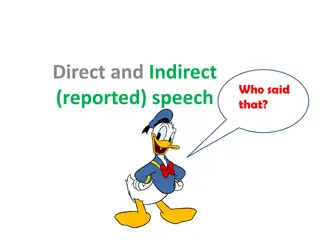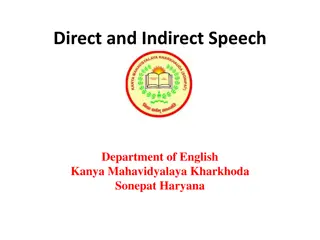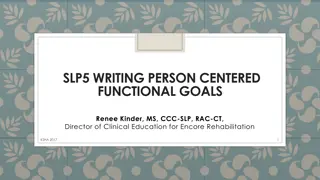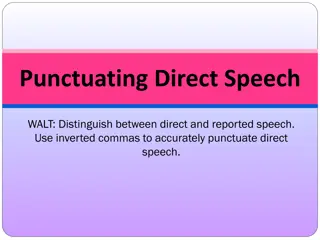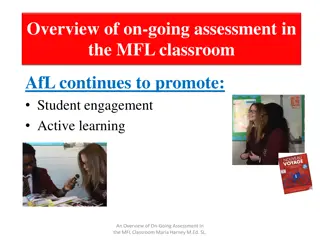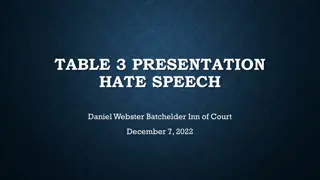
Effective Strategies for Immersion Teaching in Language Education
Discover the benefits of immersion teaching, principles to follow, activities to encourage spontaneous speech, and examples of teaching spontaneous talk in the language classroom. Enhance language learning with immersion techniques that promote confidence, motivation, and personalized engagement.
Download Presentation

Please find below an Image/Link to download the presentation.
The content on the website is provided AS IS for your information and personal use only. It may not be sold, licensed, or shared on other websites without obtaining consent from the author. If you encounter any issues during the download, it is possible that the publisher has removed the file from their server.
You are allowed to download the files provided on this website for personal or commercial use, subject to the condition that they are used lawfully. All files are the property of their respective owners.
The content on the website is provided AS IS for your information and personal use only. It may not be sold, licensed, or shared on other websites without obtaining consent from the author.
E N D
Presentation Transcript
Why immersion? Confidence in language manipulation from the start Immediate meaningful success for the pupil in communicating in the foreign language Motivation Intensive training in higher order thinking skills Encourage risk taking Personalised learning and engagement Understand communication strategies such as non-verbal clues and intonation
IMMERSION PRINCIPLES Immersion start when students cross the door step Have clear instructions in the TL Point to posters and hub where appropriate Use modelling instead of English Encourage students to refer to their books, independent learning Use gesturing get students to feedback to/correct others (active listening) Use examples from lesson to introduce grammar plan (e.g comment dit-on slowly? = grammar point on adverbs with rule) Give students thinking time
Activity What can we do to develop the immersion classroom and encourage spontaneous speech? Circle time Diversion is investment - exploit naturally occurring situations Modelling Don t appear to respond to English Language hubs on the walls and exploit them Rewards Teams Challenge Give them time to think on the spot Pupils keep personalised list of talk vocab Peer pressure and help Humour there s no substitute for persistence!
Teaching spontaneous talk -examples Video 1 clip from y7 lesson, bottom set Video 2 y8/9 video 8 on pdc website (fall off chair/eating rabbit 1min40-2min40)

![Prevention and Combating of Hate Crimes and Hate Speech Bill [B.9B.2018]](/thumb/60513/prevention-and-combating-of-hate-crimes-and-hate-speech-bill-b-9b-2018.jpg)


